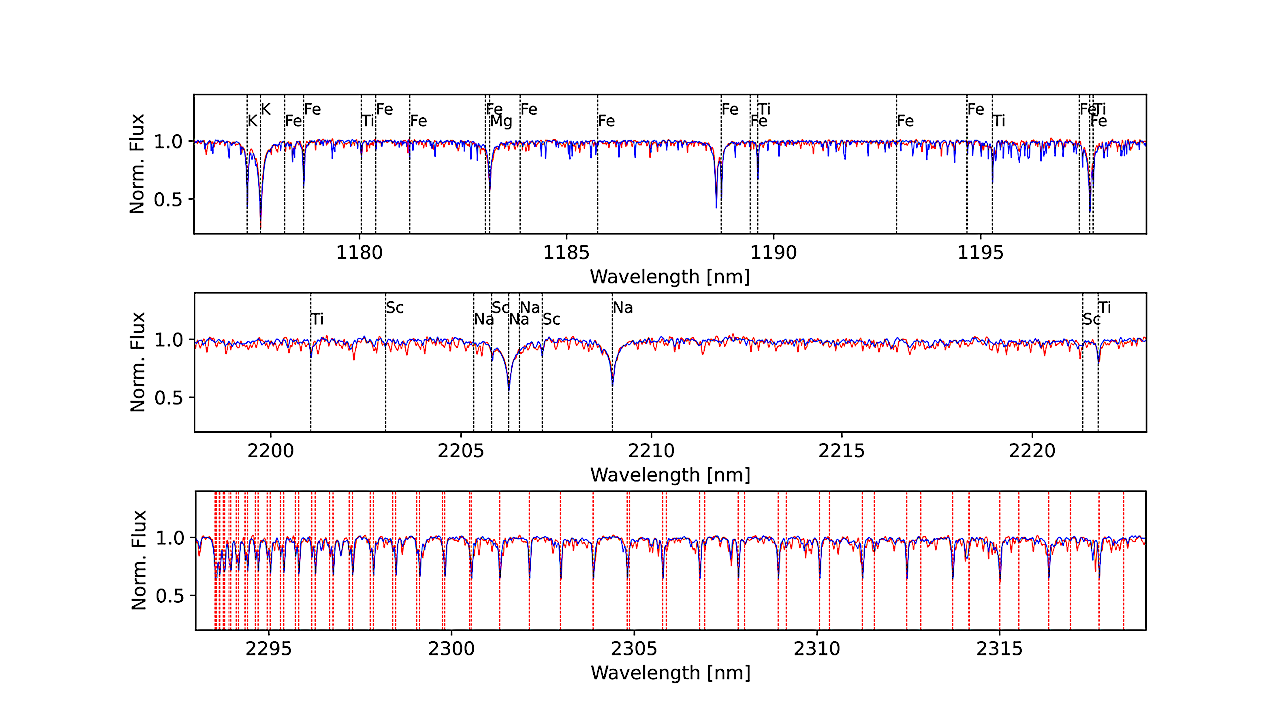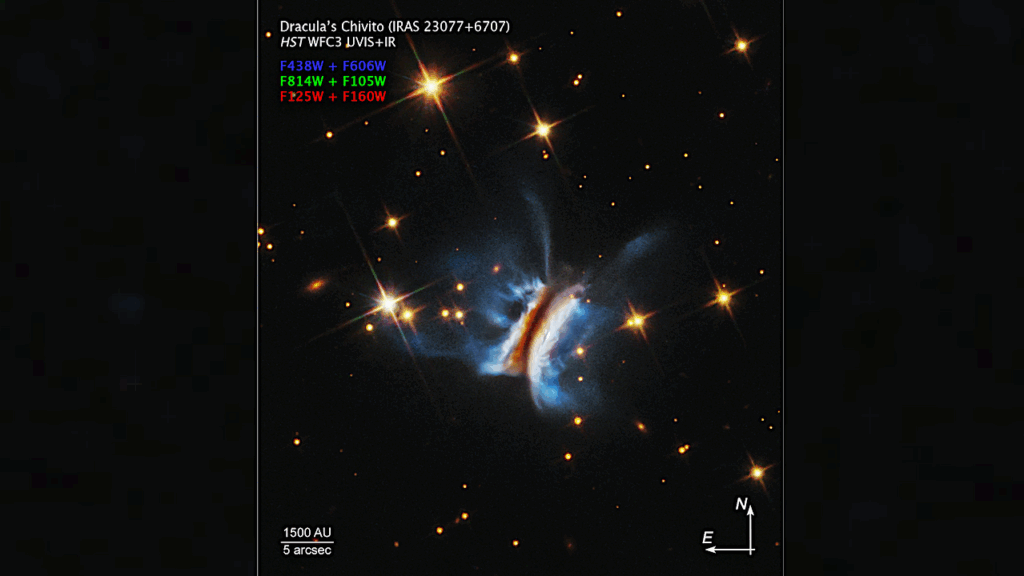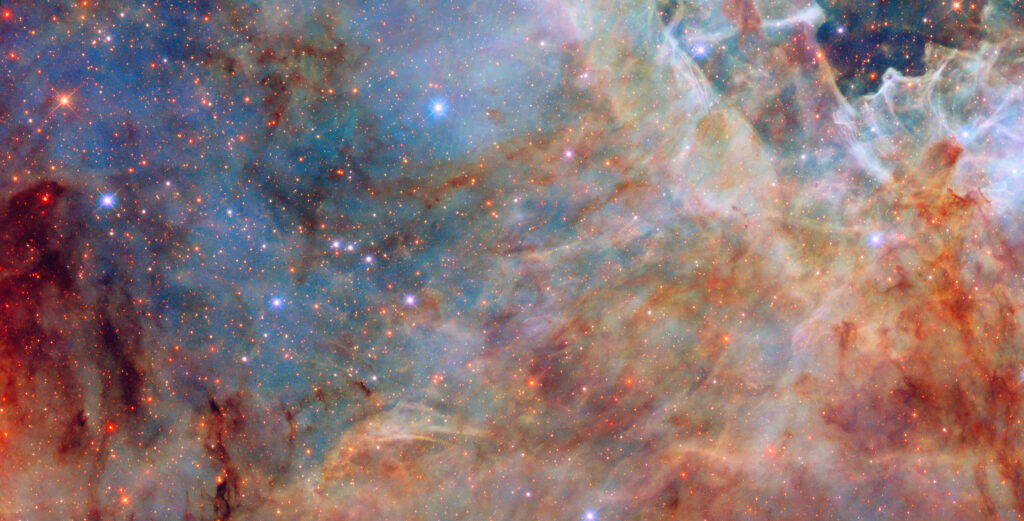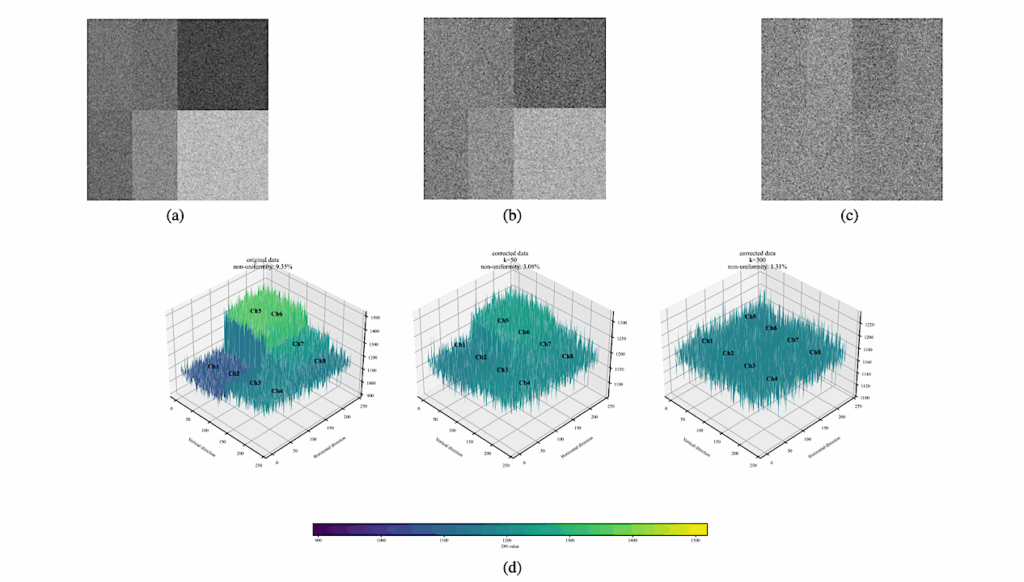Comprehensive High-resolution Chemical Spectroscopy of Barnard’s Star with SPIRou

Determination of fundamental parameters of stars impacts all fields of astrophysics, from galaxy evolution to constraining the internal structure of exoplanets.
This paper presents a detailed spectroscopic analysis of Barnard’s star that compares an exceptionally high-quality (signal-to-noise ratio of >2500 in the H band), high-resolution NIR spectrum taken with CFHT/SPIRou to PHOENIX-ACES stellar atmosphere models. The observed spectrum shows thousands of lines not identified in the models with a similar large number of lines present in the model but not in the observed data.
We also identify several other caveats such as continuum mismatch, unresolved contamination and spectral lines significantly shifted from their expected wavelengths, all of these can be a source of bias for abundance determination. Out of >104 observed lines in the NIR that could be used for chemical spectroscopy, we identify a short list of a few hundred lines that are reliable.
We present a novel method for determining the effective temperature and overall metallicity of slowly-rotating M dwarfs that uses several groups of lines as opposed to bulk spectral fitting methods. With this method, we infer Teff = 3231 ± 21 K for Barnard’s star, consistent with the value of 3238 ± 11 K inferred from the interferometric method. We also provide abundance measurements of 15 different elements for Barnard’s star, including the abundances of four elements (K, O, Y, Th) never reported before for this star. This work emphasizes the need to improve current atmosphere models to fully exploit the NIR domain for chemical spectroscopy analysis.
Farbod Jahandar, René Doyon, Étienne Artigau, Neil J. Cook, Charles Cadieux, David Lafrenière, Thierry Forveille, Jean-François Donati, Pascal Fouqué, Andrés Carmona, Ryan Cloutier, Paul Cristofari, Eric Gaidos, João Gomes da Silva, Lison Malo, Eder Martioli, J.-D. do Nascimento Jr., Stefan Pelletier, Thomas Vandal, Kim Venn
Comments: 24 pages, 18 figures, submitted to ApJ
Subjects: Solar and Stellar Astrophysics (astro-ph.SR); Earth and Planetary Astrophysics (astro-ph.EP)
Cite as: arXiv:2310.12125 [astro-ph.SR] (or arXiv:2310.12125v1 [astro-ph.SR] for this version)
Submission history
From: Farbod Jahandar
[v1] Wed, 18 Oct 2023 17:33:25 UTC (4,009 KB)
https://arxiv.org/abs/2310.12125
Astrobiology








